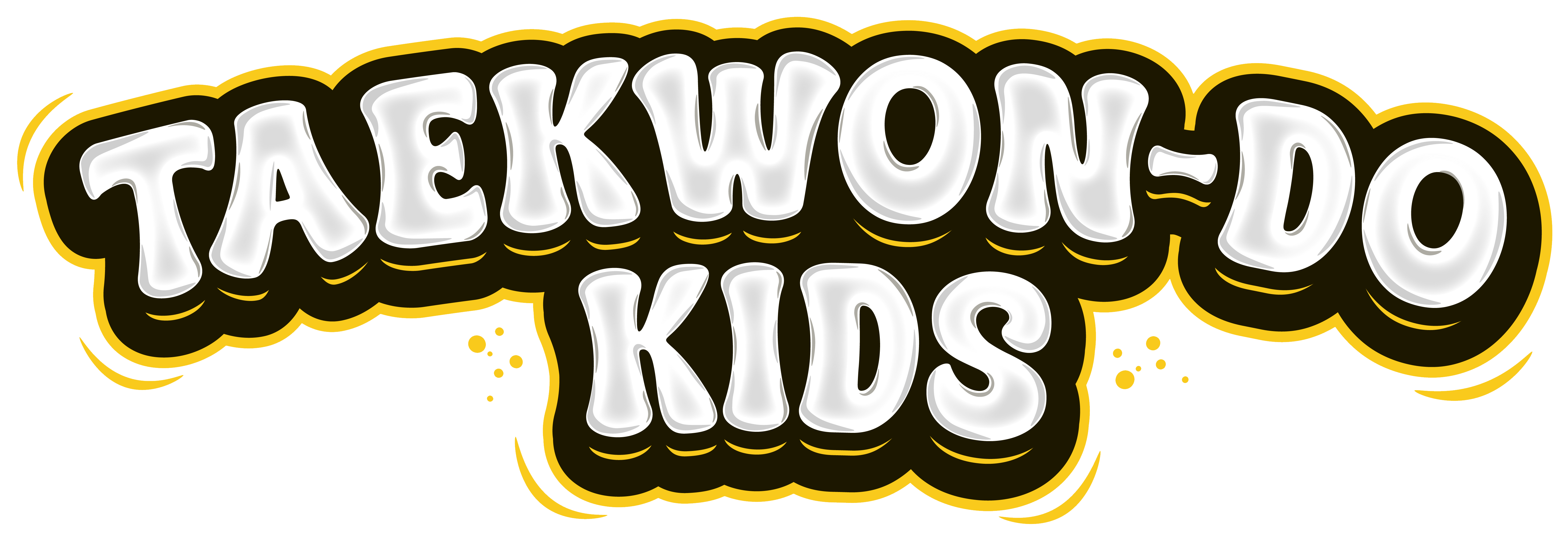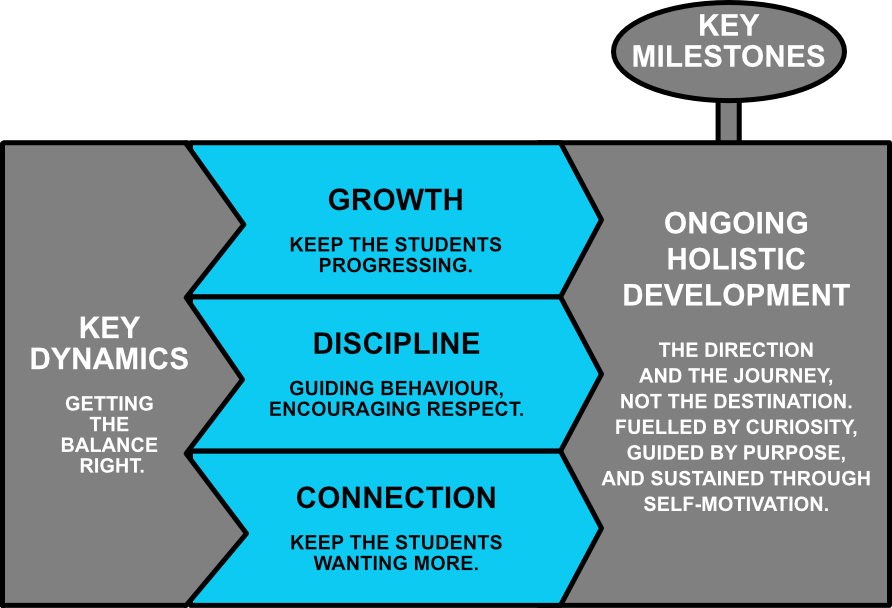These concerns often come from students not being fully engaged in their own development. However, there’s a solution.
In our instructor course, we show you how to:
Help students become more self-motivated
Build a mindset focused on progress
Create effective learning strategies
When instructors shift their approach, they can unlock each student’s potential.





